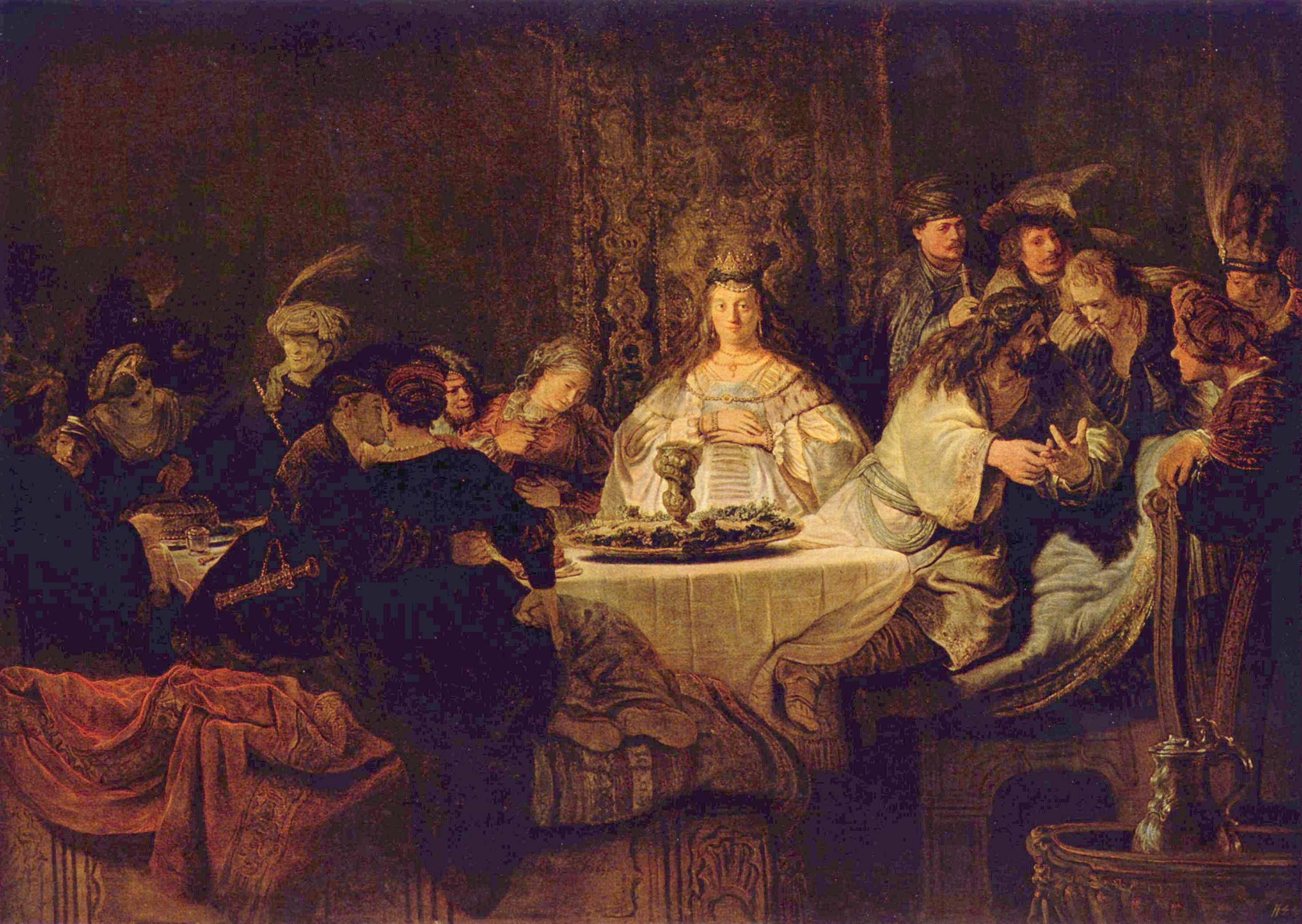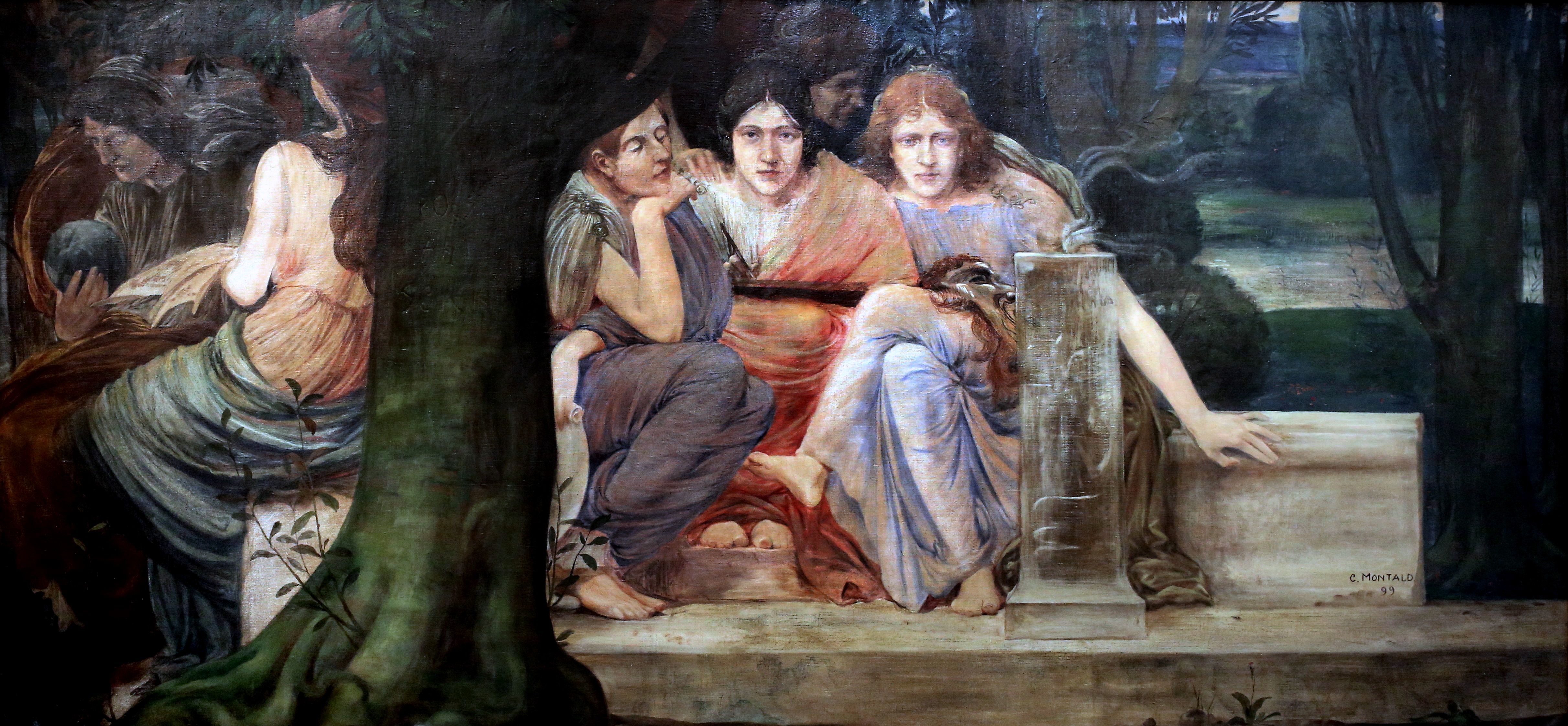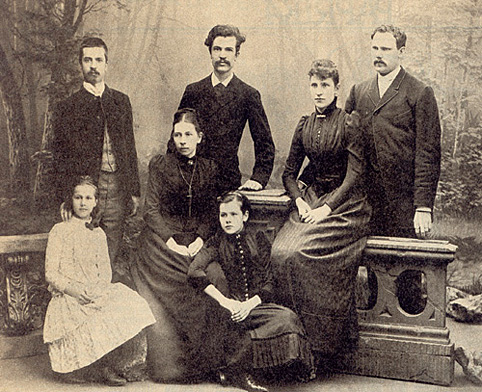|
Riddles (Finnic)
The corpus of traditional riddles from the Finnic-speaking world (including the modern Finland, Estonia, and parts of Western Russia) is fairly unitary, though eastern Finnish-speaking regions show particular influence of Russian Orthodox Christianity and Slavonic riddle culture. The Finnish for 'riddle' is ''arvoitus'' (pl. ''arvoitukset''), related to the verb ''arvata'' ('to guess') and ''arpa'' ('raffle ticket'). Riddles provide some of the first surviving evidence for Finnic literature. Finnic riddles are noteworthy in relation to the rest of the world's oral riddle canon for their original imagery, their abundance of sexual riddles, and the interesting collision of influences from east and west; along with the attestation in some regions of an elaborate riddle-game. The archives of the Finnish Literature Society contain texts of 117,300 Finnish-language riddles collected from oral tradition, some of which are in Kalevala metre; meanwhile, the Estonian Folklore Archives co ... [...More Info...] [...Related Items...] OR: [Wikipedia] [Google] [Baidu] |
Balto-Finnic Languages 2019
Balto-Finnic may refer to: *Balto-Finnic peoples The Baltic Finnic or Balto-Finnic peoples, also referred to as the Baltic Sea Finns, Baltic Finns, sometimes Western Finnic and often simply as the Finnic peoples, are the peoples inhabiting the Baltic Sea region in Northern and Eastern Europe ... * Balto-Finnic languages {{dab Language and nationality disambiguation pages ... [...More Info...] [...Related Items...] OR: [Wikipedia] [Google] [Baidu] |
Kalevala
The ''Kalevala'' ( fi, Kalevala, ) is a 19th-century work of epic poetry compiled by Elias Lönnrot from Karelian and Finnish oral folklore and mythology, telling an epic story about the Creation of the Earth, describing the controversies and retaliatory voyages between the peoples of the land of Kalevala called Väinölä and the land of Pohjola and their various protagonists and antagonists, as well as the construction and robbery of the epic mythical wealth-making machine Sampo. The ''Kalevala'' is regarded as the national epic of Karelia and Finland and is one of the most significant works of Finnish literature with J. L. Runeberg's ''The Tales of Ensign Stål'' and Aleksis Kivi's ''The Seven Brothers''. The ''Kalevala'' was instrumental in the development of the Finnish national identity and the intensification of Finland's language strife that ultimately led to Finland's independence from Russia in 1917. The work is also well known internationally and has partly inf ... [...More Info...] [...Related Items...] OR: [Wikipedia] [Google] [Baidu] |
Scandinavian Folklore
Nordic folklore is the folklore of Denmark, Norway, Sweden, Iceland and the Faroe Islands. It has common roots with, and has been mutually influenced by, folklore in England, Germany, the Low Countries, the Baltic countries, Finland and Sapmi. Folklore is a concept encompassing expressive traditions of a particular culture or group. The peoples of Scandinavia are heterogenous, as are the oral genres and material culture that has been common in their lands. However, there are some commonalities across Scandinavian folkloric traditions, among them a common ground in elements from Norse mythology as well as Christian conceptions of the world. Among the many tales common in Scandinavian oral traditions, some have become known beyond Scandinavian borders – examples include The Three Billy Goats Gruff and The Giant Who Had No Heart in His Body. Beings A large number of different mythological creatures from Scandinavian folklore have become well known in other parts of the world, ma ... [...More Info...] [...Related Items...] OR: [Wikipedia] [Google] [Baidu] |
Riddles
A riddle is a statement, question or phrase having a double or veiled meaning, put forth as a puzzle to be solved. Riddles are of two types: ''enigmas'', which are problems generally expressed in metaphorical or allegorical language that require ingenuity and careful thinking for their solution, and ''conundra'', which are questions relying for their effects on punning in either the question or the answer. Archer Taylor says that "we can probably say that riddling is a universal art" and cites riddles from hundreds of different cultures including Finnish, Hungarian, American Indian, Chinese, Russian, Dutch and Filipino sources amongst many others. Many riddles and riddle-themes are internationally widespread. In the assessment of Elli Köngäs-Maranda (originally writing about Malaitian riddles, but with an insight that has been taken up more widely), whereas myths serve to encode and establish social norms, "riddles make a point of playing with conceptual boundaries and cross ... [...More Info...] [...Related Items...] OR: [Wikipedia] [Google] [Baidu] |
Literary Genres
A literary genre is a category of literature. Genres may be determined by literary technique, setting tone, tone, Content (media), content, or length (especially for fiction). They generally move from more abstract, encompassing classes, which are then further sub-divided into more concrete distinctions. The distinctions between genres and categories are flexible and loosely defined, and even the rules designating genres change over time and are fairly unstable. Genres can all be in the form of prose or poetry. Additionally, a genre such as satire, allegory or pastoral might appear in any of the above, not only as a subgenre (see below), but as a mixture of genres. Finally, they are defined by the general cultural movement of the historical period in which they were composed. History of genres Aristotle The concept of genre began in the works of Aristotle, who applied biological concepts to the classification of literary genres, or, as he called them, "species" (eidē). Th ... [...More Info...] [...Related Items...] OR: [Wikipedia] [Google] [Baidu] |
Finnish Literature
Finnish literature refers to literature written in Finland. During the European early Middle Ages, the earliest text in a Finnic language is the unique thirteenth-century Birch bark letter no. 292 from Novgorod. The text was written in Cyrillic and represented a dialect of Finnic language spoken in Russian Olonets region. The earliest texts in Finland were written in Swedish or Latin during the (c. 1200–1523). Finnish-language literature was slowly developing from the 16th century onwards, after written Finnish was established by the Bishop and Finnish Lutheran reformer Mikael Agricola (1510–1557). He translated the New Testament into Finnish in 1548. After becoming a part of the Russian Empire in the early 19th century the rise in education and nationalism promoted public interest in folklore in Finland and resulted in an increase of literary activity in Finnish. Most of the significant works of the era, written in Swedish or increasingly in Finnish, revolved around achie ... [...More Info...] [...Related Items...] OR: [Wikipedia] [Google] [Baidu] |
Estonian Literature
Estonian literature ( et, eesti kirjandus) is literature written in the Estonian language (c. 1,100,000 speakers) The domination of Estonia after the Northern Crusades, from the 13th century to 1918 by Germany, Sweden, and Russia resulted in few early written literary works in the Estonian language. The oldest records of written Estonian date from the 13th century. ''Originates Livoniae'' in Chronicle of Henry of Livonia contains Estonian place names, words and fragments of sentences. The ''Liber Census Daniae'' (1241) contains Estonian place and family names.The Development of Written Estonian by George Kurman The earliest extant samples of connected Estonian are the so-called Kullamaa prayers dating from 1524 and 1528. The first known printed book is a bilingual German-Estonian translation of ... [...More Info...] [...Related Items...] OR: [Wikipedia] [Google] [Baidu] |
Scandinavian Riddles
Riddles (Old Norse, Icelandic and Faroese ''gáta'', pl. ''gátur''; Bokmål and Nynorsk ''gåte'', pl. ''gåter''; Danish ''gåde'', pl. ''gåder''; Swedish ''gåta'', pl. ''gåtor'') are widely attested in post-medieval Scandinavian languages, though the traditional, oral riddle fell out of widespread use during the later twentieth century, being replaced by other oral-literary forms, and by other tests of wit such as quizzes. Medieval period Few riddles are attested from medieval Scandinavia (by contrast with the numerous Anglo-Saxon riddles in the quite closely connected literature of medieval England), although Norse mythology does attest to a number of other wisdom-contests, usually involving the god Óðinn, and the complex metaphors of the extensive corpus of skaldic verse present an enigmatic aesthetic similar to riddles. A number of riddles from medieval Scandinavia are also attested in Latin. Almost all the surviving Old Norse riddles occur in one section of the Iceland ... [...More Info...] [...Related Items...] OR: [Wikipedia] [Google] [Baidu] |
Rebus
A rebus () is a puzzle device that combines the use of illustrated pictures with individual letters to depict words or phrases. For example: the word "been" might be depicted by a rebus showing an illustrated bumblebee next to a plus sign (+) and the letter "n". It was a favourite form of heraldic expression used in the Middle Ages to denote surnames. For example, in its basic form, three salmon (fish) are used to denote the surname "Salmon". A more sophisticated example was the rebus of Bishop Walter Lyhart (d. 1472) of Norwich, consisting of a stag (or hart) lying down in a conventional representation of water. The composition alludes to the name, profession or personal characteristics of the bearer, and speaks to the beholder ''Non verbis, sed rebus'', which Latin expression signifies "not by words but by things" (''res, rei'' (f), a thing, object, matter; ''rebus'' being ablative plural). Rebuses within heraldry Rebuses are used extensively as a form of heraldic expre ... [...More Info...] [...Related Items...] OR: [Wikipedia] [Google] [Baidu] |
Kaarle Krohn
Kaarle Krohn (10 May 1863 – 19 July 1933) was a Finnish folklorist, professor and developer of the geographic-historic method of folklore research. He was born into the influential Krohn family of Helsinki. Krohn is best known outside of Finland for his contributions to international folktale research. He devoted most of his life to the study of the epic poetry that forms the basis for the Finnish national epic, the ''Kalevala''.Mary Ellen Brown Bruce A. Rosenberg Peter Harle Kathy Sitarski, ''Encyclopedia of Folklore and Literature'' 1998 Early life Krohn was born in Helsinki. He was the son of journalist and poet Julius Krohn, and his sisters were Aune, Helmi and Aino Kallas, who were Finnish authors. Krohn is best known outside of Finland for his contributions to international folktale research. Krohn passed his matriculation exams in 1880, earned his candidacy degree in 1883 at University of Helsinki, and completed his doctorate in 1888. At the age of 18, he conducted ... [...More Info...] [...Related Items...] OR: [Wikipedia] [Google] [Baidu] |
Antti Aarne
Antti Amatus Aarne (December 5, 1867 in Pori – February 2, 1925 in Helsinki) was a Finnish folklorist. Background Antti was a student of Kaarle Krohn, the son of the folklorist Julius Krohn. He further developed their historic-geographic method of comparative folkloristics, and developed the initial version of what became the Aarne–Thompson classification system of classifying folktales, first published in 1910 and extended by Stith Thompson first in 1927 and again in 1961. Early in 1925, Aarne died in Helsinki (Finland) where he had been a lecturer at the University since 1911 and where he had held a position as Professor extraordinarius Academic ranks in Germany are the titles, relative importance and power of professors, researchers, and administrative personnel held in academia. Overview Appointment grades * (Pay grade: ''W3'' or ''W2'') * (''W3'') * (''W2'') * (''W2'', ... since 1922. References * External links * Academic personnel of the Unive ... [...More Info...] [...Related Items...] OR: [Wikipedia] [Google] [Baidu] |
Elias Lönnrot
Elias Lönnrot (; 9 April 1802 – 19 March 1884) was a Finnish physician, philologist and collector of traditional Finnish oral poetry. He is best known for creating the Finnish national epic, ''Kalevala'', (1835, enlarged 1849), from short ballads and lyric poems gathered from the Finnish oral tradition during several expeditions in Finland, Russian Karelia, the Kola Peninsula and Baltic countries. Education and early life Lönnrot was born in Sammatti, in the province of Uusimaa, Finland, which was then part of Sweden. He studied medicine at the Academy of Turku. The Great Fire of Turku coincided with his first academic year. As the university was destroyed in the fire, it was moved to Helsinki, the newly established administrative center of the Grand Duchy and the present capital city of Finland. Lönnrot followed and graduated in 1832. Early medical career Lönnrot lived in the village of Paltaniemi, when he got a job as district doctor of Kajaani in Eastern Finland d ... [...More Info...] [...Related Items...] OR: [Wikipedia] [Google] [Baidu] |









